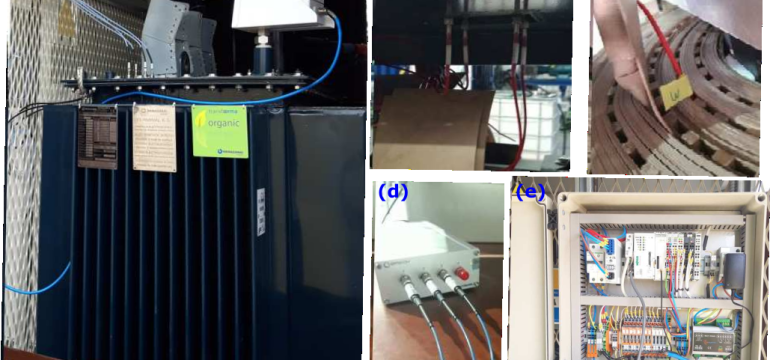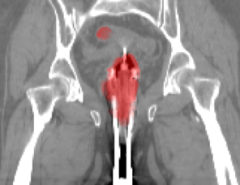Authors: Ibai Ramirez, Joel Pino, David Pardo, Mikel Sanz, Luis del Rio, Alvaro Ortiz, Kateryna Morozovska, Jose I. Aizpurua
Published on: May 10, 2024
Impact Score: 7.6
Arxiv code: Arxiv:2405.06443
Summary
- What is new: Introduction of an efficient spatio-temporal model leveraging Physics Informed Neural Networks (PINNs) for transformer winding temperature and ageing estimation.
- Why this is important: Existing thermal models for monitoring transformer health are space-agnostic providing worst-case estimates, making HST measurement complex and expensive.
- What the research proposes: A spatio-temporal model that combines physics-based partial differential equations with data-driven neural networks to improve transformer winding temperature and ageing prediction accuracy.
- Results: The model efficiently predicts spatio-temporal oil temperature values, validated with PDE models and fiber optic sensor measurements, aiding in health management decisions for transformers.
Technical Details
Technological frameworks used: PINNs with Residual-Based Attention scheme
Models used: Physics-based PDEs combined with Neural Networks
Data used: Fiber optic sensor measurements from a distribution transformer in a floating photovoltaic power plant
Potential Impact
Energy sector, particularly companies involved in power generation, transmission, and distribution; renewable energy integrators; and maintenance and monitoring solution providers for power and energy systems.
Want to implement this idea in a business?
We have generated a startup concept here: GridAssure.




Leave a Reply